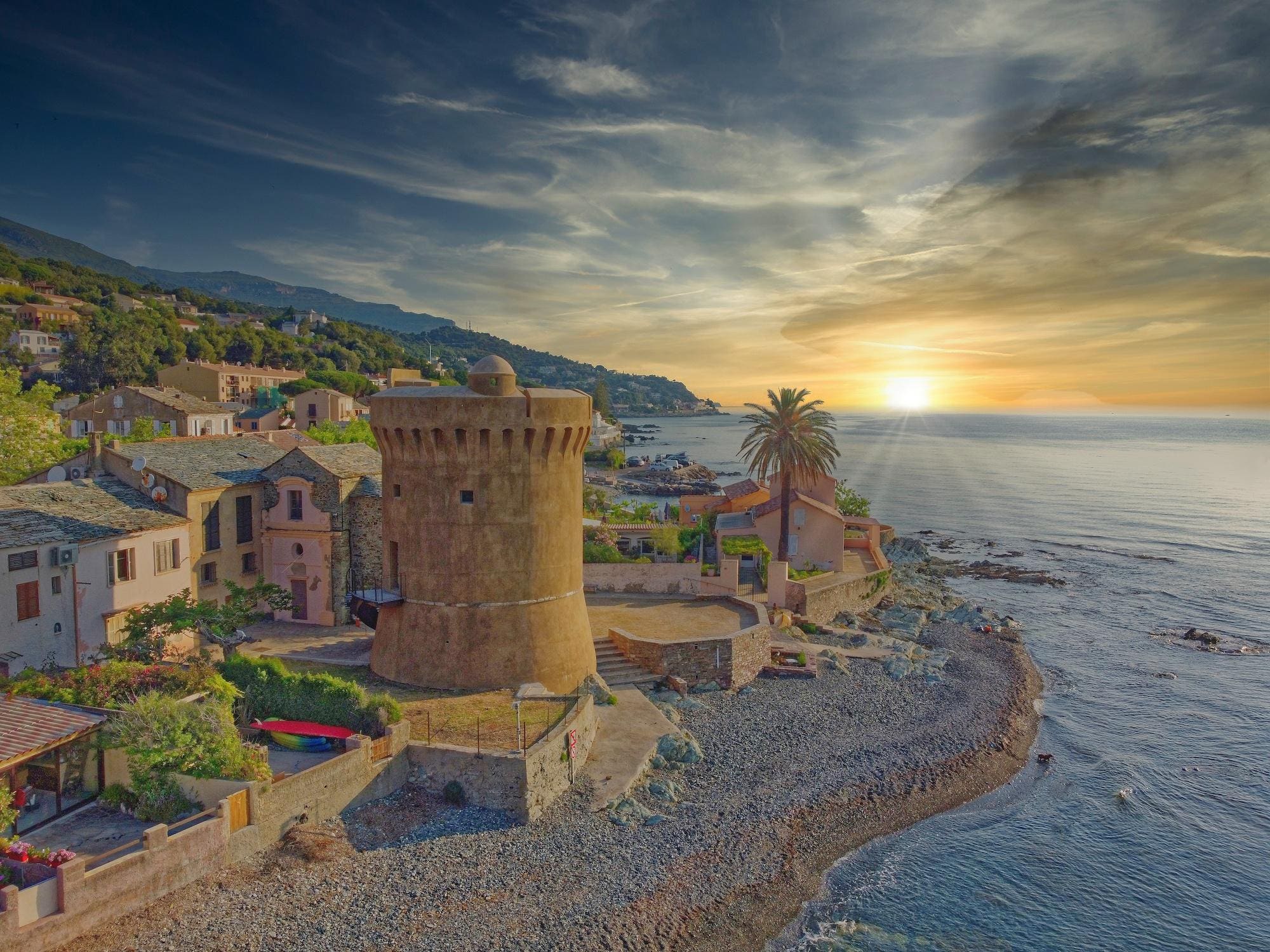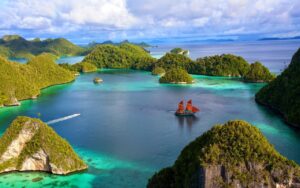Cruising Is Catching Up With Our Slow Travel Times
4 min read
The cruise industry gets a bad rap, and it’s sometimes not entirely undeserved. But in at least one corner of the world, real positive change seems to be under way.
“I’m not saying we are pioneers,” says Anne-Marie Spinosi, the cruise manager for the port of Bastia, Corsica, “but we want to do our part. It’s also to improve acceptance of the cruise industry in destinations, to make ships more welcome.”
She’s speaking about R-Itinera, an initiative she’s working on with colleagues from boutique ports (read: small ones that can’t take large vessels) in the south of France and west of Italy. Its aim is to reimagine and reposition cruising as a phenomenon that adds to communities rather than simply fill them up with low-value tourists.
It’s an initiative that makes sense now, as slow travel and getting off the beaten path remain popular, and as more than 27 new luxury cruise ships are expected to be delivered between now and 2027. This autumn, Four Seasons announced that it’s launching a luxury cruise line in the coming years, and Ritz-Carlton’s first superyacht is already in the water.
The gorges of Verdon
CCI Var
They’re hitting the sustainability and zero-carbon-emission notes hard, pointing out that they’ve developed a range of shore excursions that are heavy on hiking, riding electric bicycles, kayaking and practicing yoga. That’s excellent—those are all fun things to do, and better for the surrounding communities than street-clogging panoramic bus tours—but reminds me a bit of the café in my neighborhood that dutifully puts a paper straw in my iced-coffee-to-go, which is served in a plastic cup with a big domed plastic lid.
What’s more interesting to me is that they’re developing itineraries that touch on some of the most popular regions of the Mediterranean—Corsica, Tuscany, Sardinia and Provence—but manage to avoid the most popular, overcrowded ports. Rather, they arrive in hidden jewels like Porto Argentario, Oristano, La Maremma and Sanary, small cities where the arrival of a few dozen or hundred hungry visitors—only the smallest vessels can get in—can have a positive economic impact.
And putting aside my cynicism about no-carbon additions to an inherently emissions-heavy endeavor, the immersive excursions they’re promoting look like a very good time, and a potential pathway toward meaningful encounters with local communities. (I mean, I realize that the most sustainable solution would be giving up café iced coffee altogether, but sometimes we all still like a treat, and baby steps are still better than no steps.)
As Spinosi says, “The important word is immersion—into local life, into nature or with local people.”
Her colleague Anne-Marie Blum from the Var Provence Cruise Club, which oversees ports including Le Lavandou and Saint-Tropez, highlights a new nature-and-gastronomy itinerary from the port of Fréjus, Saint-Raphaël. Guests travel by electric vehicle to the Verdon country, where they cross the Lac de Sainte-Croix on a wind-powered catamaran, visit a multi-sensory truffle museum in the village of , enjoy a cooking class and then head out with truffle-hunting dogs in search of the “black diamonds.”
Likewise, Spinosi explains a kayak excursion around Cap Corse, in Corsica, that starts from the beach in Erbalunga (a few miles from the port of Bastia) and meanders past that Genoese towers for which the coast is famous and ends up in the village of Miomo, where a light local meal is served.
Another Corsica excursion takes guests to an organic essential oil farm that has been run by the same family for 20 years, one in which a new generation is taking some interesting risks—tying in with another theme of these excursions. They want to introduce cruise passengers—whose average age is now, surprisingly, 47 years old, according to Spinosi—to people who are doing things different, who have created a new life for themselves after their traditional office life.
Although this is an initiative that was dreamed up by port managers, one of their ideas is to take it beyond the cruise sector, making the same itineraries to other kinds of tour groups, and local youth and seniors groups. And they’re hoping it will spread. Spinosi, who is also a board member of MedCruise, the association of ports around the Mediterranean, says the association is encouraging other members to create similar projects, and to share their knowledge with colleagues around the world.



